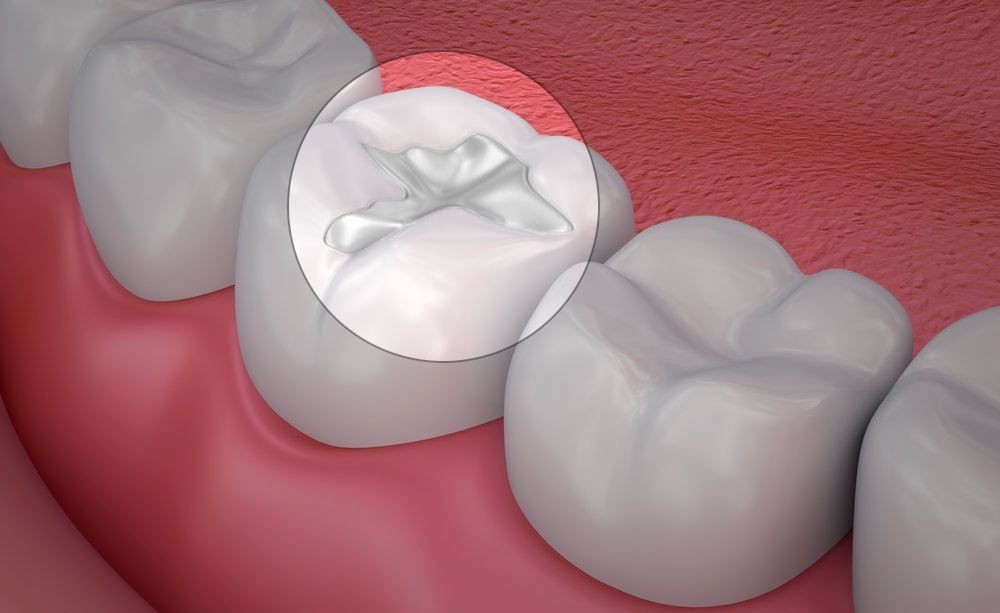Filling helps to restore the normal function and shape of a tooth damaged by caries, as well as to prevent further development of caries by eliminating the areas through which bacteria can penetrate into the deeper tissues of the tooth.
Filling Procedure
To minimize pain during the filling and make your visit as pleasurable as possible, Dr Bennett may decide to administer a local anesthetic, such as lidocaine. Then he uses a bur or laser to use the caries-affected tissue.
After the caries has been removed, the dentist creates a space for the filling. Depending on the type of filling material, it is necessary to perform different procedures for the formation of the site to securely secure the filling. The dentist may place a ba
Certain types of filling material are hardened when treated with special light. When using these fillings, the dentist applies the material in layers, pausing to illuminate the resin with ultraviolet light. This causes curing of the material and gives it strength. At the final stage, after placing the filling, the dentist processes and polishes the tooth surface using a bur and special attachments.
After the filling procedure, when the local anesthetic wears off, a number of adverse reactions can be observed. The tooth can react to pressure, cold air or liquid, or to sweets. Some people experience numbness, tingling, and mild pain around the injection site. These side effects often resolve within a few hours after the procedure. It is recommended to avoid eating until the anesthetic wears off.
The hypersensitivity should resolve within one to two weeks. Until this moment, it is necessary to avoid factors that provoke its development. If the tooth remains hypersensitive, or if the sensitivity does not decrease after two weeks, you should see your dentist.
The most common cause of pain after filling is that the layer of filling material is too high, and therefore the dentist must correct the position of the filling by checking the occlusion (closing) of the teeth and removing excess filling material to reduce pain. Sometimes hypersensitivity does not go away even after adjusting, which can mean that the decay has affected the nerve and the tooth couldn’t be saved with a filling. In this case a root canal procedure is recommended.
Affordable dental fillings in Coral Springs are available. Same day appointments, simply dial (786) 440-4948.
We offer all dental procedures under the same roof. We install same day implants and preform same day root canal procedures to ease your pain and be convenient for you.

